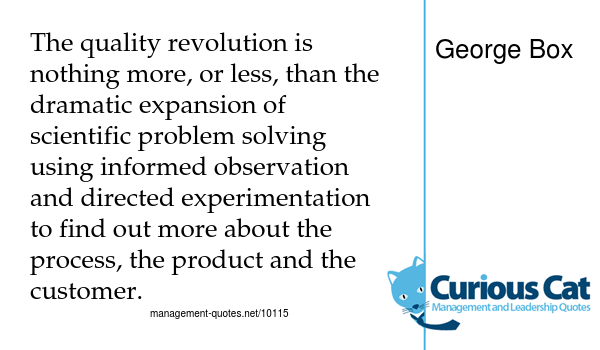Don’t make it hard for customers to be heard.
Provide training and tools to employees to document customers voices. Train employees to learn as much as possible from customers. Value the time employees spend listening to customers and learning from them.
Most customers won’t speak up, those that do speak up provide valuable insight. Don’t waste what they offer.
Create a management system focused on continual improvement that is engaged in seeking out customer feedback and continually improving the value provided to customers.
Most organizations do the opposite of this. They make put many barriers in the way of customers speaking to anyone that will listen. They put systems in place to discourage feedback from customers.
Those organizations use surveys of customers that seek to limit customers voices to a few well defined paths that don’t learn from customers at all. How large USA companies design customer surveys.
- Did you think we were great, very good, good or other?
- If you didn’t think we were great which front line employees should we blame?
Sure they word it a little bit differently, but that is close to what I see almost every time I get a survey to complete. And there is no room to explain that the problems are not the fault of front line employees but decisions by the company to waste customers time. A few organizations behave differently. But not many.
Related: Customer delight requires understanding your customers needs and desires – Don’t Ignore Customer Complaints – Customer Focus by Everyone – Stated Versus Revealed Preference – Quality of the Entire Customer Experience



comments from LinkedIn
===== David Cline ========
Thanks for sharing and the reminder of how important it is leaders to create the environment where employees want to can hear the voice of the customer.
—— Eric Budd ——
Yes. It’s also important for leaders to remember that customers, not management, control the organization’s future.
===== Eric Budd ========
Every organization has large numbers of sources of the voice of the customer. Three useful categories of sources are: 1) Role and position. Every function in the organization has some perspective on its customers. 2) Products and services. The process of taking orders, producing, delivering and servicing products and services creates VoC information. 3) Events and occasions. Calls, meetings, reviews, deliveries, etc create information about customers. There is an abundance of available information about customers in every organization. Mostly there is a lack of useful management of that information and sparse good theory about how to apply it.
===== Dave Arnold ========
There is a “3 legged stool” with voice learning opportunities. 1) VOC 2) VOP 3) VOF
Customer, Process & Functions(ie. product or service)